
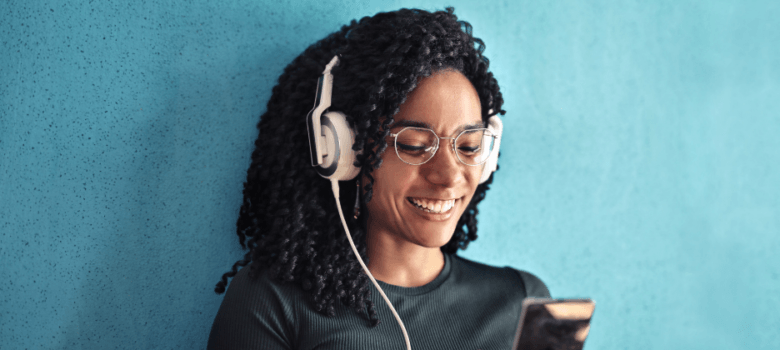
How does hearing loss impact quality of life?
by PNI Experts
Pacific Eye, Ear, and Skull Base Center experts Dr. Courtney Voelker and Dr. Rebecca Lewis discuss tips for hearing loss prevention for International Noise Awareness Day.
In present times, people are living loud more than ever before! Adults and children are wearing their wireless headphones to stream music, podcasts, movies, and phone calls all day long. New parents are using noise machines at high levels to help their babies get to sleep. Concerts, sporting events, and even our car stereos are all giving us high doses of noise exposure. Of the many causes of hearing impairment, noise-induced hearing loss is by far, the most preventable. The CDC reports an estimated 12.5% of children and adolescents aged 6-19 years old and 17% of adults aged 20-69 years old have suffered permanent damage to their ears from excessive noise exposure. Diligence and awareness now will have life-long benefits.
How does hearing loss impact quality of life?

You may be asking, why is this important to consider? The effects of noise exposure on our ears are cumulative over a lifespan. High noise exposure early on is associated with greater degrees of hearing loss at earlier ages. Hearing loss itself is highly associated with increased rates of depression and feelings of isolation. It is even associated with cognitive decline and dementia. Hearing plays an essential role in communication, speech and language development, attentional abilities, overall energy throughout the day, and educational success. Even a mild degree of hearing loss can affect academic achievement and can have negative effects on social interactions. Other side effects of noise exposure are tinnitus, or “ringing in the ears,” which can lead to sleep disturbance and stress.
Can hearing loss cause other health problems?
Noise exposure can affect other aspects of your physical health as well. Noise, itself, is a source of stress. It triggers reactions in the body, including the secretion of certain hormones such as cortisol and adrenaline. There is now scientific evidence demonstrating that years of chronic noise exposure can increase risks for hypertension and heart attack in adults.
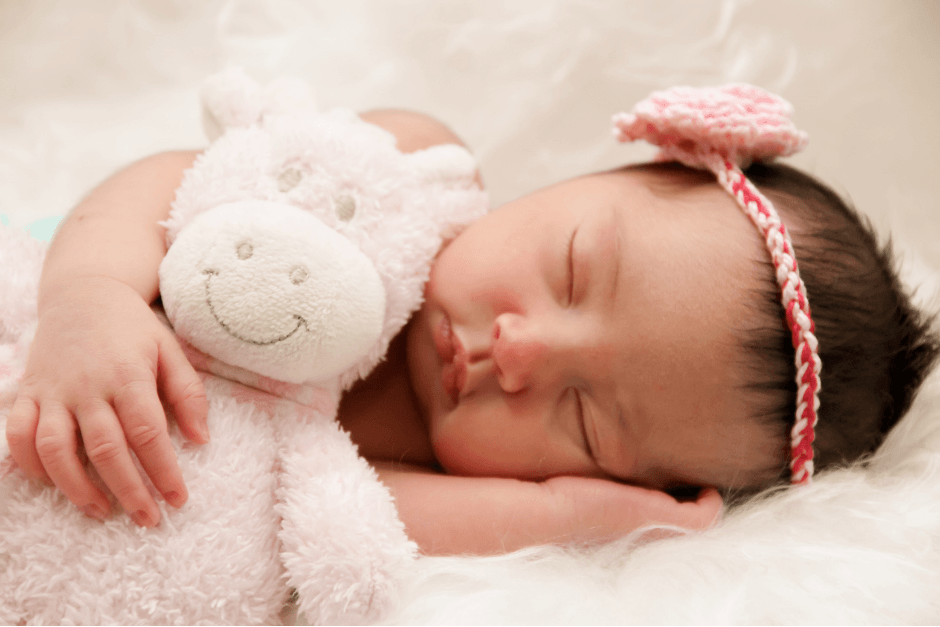
For young families using noise machines to help their babies sleep, there is evidence that excessive white noise exposure has the potential to lead to noise-induced hearing loss and other adverse health effects in the infant population. It is recommended to conservatively use white noise machines by avoiding the maximal volume setting and placing any device well outside the crib.
How do I know if my hearing loss is permanent or temporary?
After a concert, you may experience something called a temporary threshold shift (TTS). A TTS is a difference in hearing levels before and after a loud exposure. This temporary change in hearing usually resolves after 16-18 hours. It is caused by temporary disarticulations between the outer hair cells and the tectorial membrane or excessive levels of glutamate in the inner ear. It is important to know that this is not a benign temporary event. If exposure is repeated, this temporary hearing loss can become permanent.
What are tips for safe listening?
The good news is that we know what can cause the incidence of noise-induced hearing loss and we have strategies for preventing it. The following are tips for safe listening and good hearing health.
- Consider a comprehensive baseline hearing test if you are a musician or someone who is exposed to loud sound levels routinely.
- Monitor any changes in hearing status, tinnitus, or the general status of the ear.
- Listen mindfully – this means being aware of safe listening levels and exposure times.
- Determine what type of hearing protection is appropriate for your listening environment and use it routinely
How can hearing loss be prevented?
To elaborate on listening mindfully and choosing hearing protection, it is important to understand the concept of the time-weighted average. Like sun exposure, it’s both how strong it is and how long you’re exposed to consider. The same goes for listening to loud levels. You can listen to softer levels for longer periods of time and louder levels for shorter periods of time.
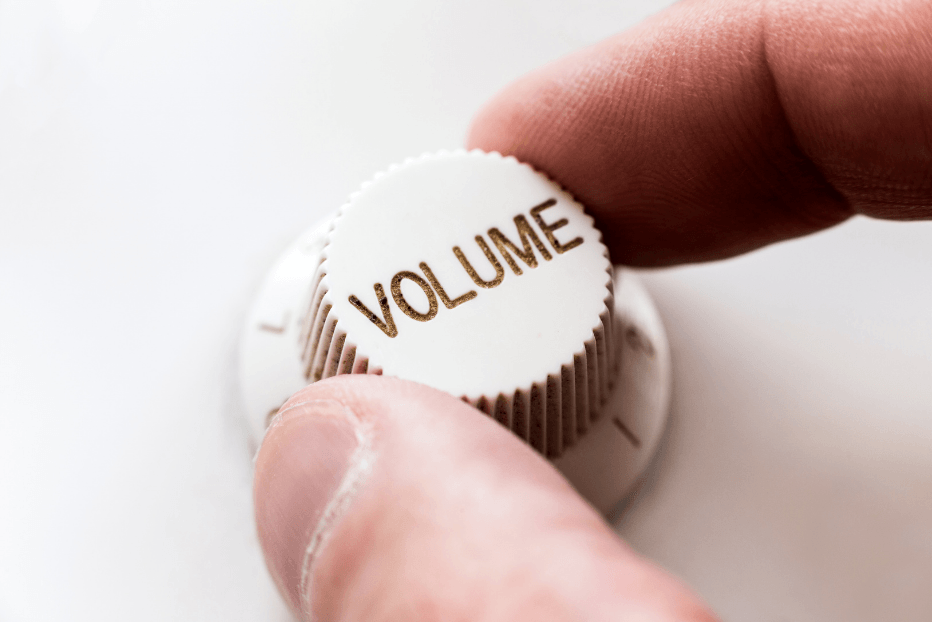
Headphone safety is important considering how often people are streaming. One tip is if you are listening to music with headphones, and you are in a quiet space, but can’t hear the person speaking to you, your headphones are likely set too loudly. With most smartphones, you can set the volume limit so you can be sure you’re not accidentally increasing your headphones to dangerous levels when you are in a loud environment (such as an airplane or jogging along a busy road).
Consider downloading a sound level meter application on your phone to monitor your listening environment. Occupational safety and health administration (OSHA) standards state the maximum permissible exposure of 85 dB in 24 hours. Every 3 decibels over 85 dB cuts the permissible time in half (for example if 88 dB is safe for 4 hours, then 91 dB is safe for only 2 hours, and so on…). Understanding the level and exposure times will help you choose hearing protection so you can reduce sound to a safe level.
What hearing protection is best?
There are a variety of types of hearing protection; what’s most important to look at is the noise reduction rating (NRR) and proper fit. If the NRR is 25 dB and the noise level is 105 dB when the hearing protection is inserted properly with a tight seal you should be at a safe listening level of 80 dB. There are custom and non-custom products on the market to consider. Non-custom would include the foam earplugs and flange filtered plugs. These are usually great but sometimes don’t create a tight seal in the ear canal (depending on the size of your ear) – which means you are not getting the NRR you expect.
What are the safest headphones for your ears?

Over-the-ear headphones create a better seal around the ear for some individuals; when there is a tight seal around the ear people are less inclined to increase the volume over surrounding noise and there is less sound leakage from the headphones to compensate for. Custom musician plugs are made by an audiologist taking earmold impressions of your ears. You can choose from interchangeable filters for varying amounts of noise reduction. If you are exposed to loud sounds routinely, as a musician, for example, it is also important to give yourself listening breaks. Letting your ears rest between performances or playing at a softer level during practice are great ways to offer listening breaks and preserve your hearing.
Hearing loss diagnostics available at PNI
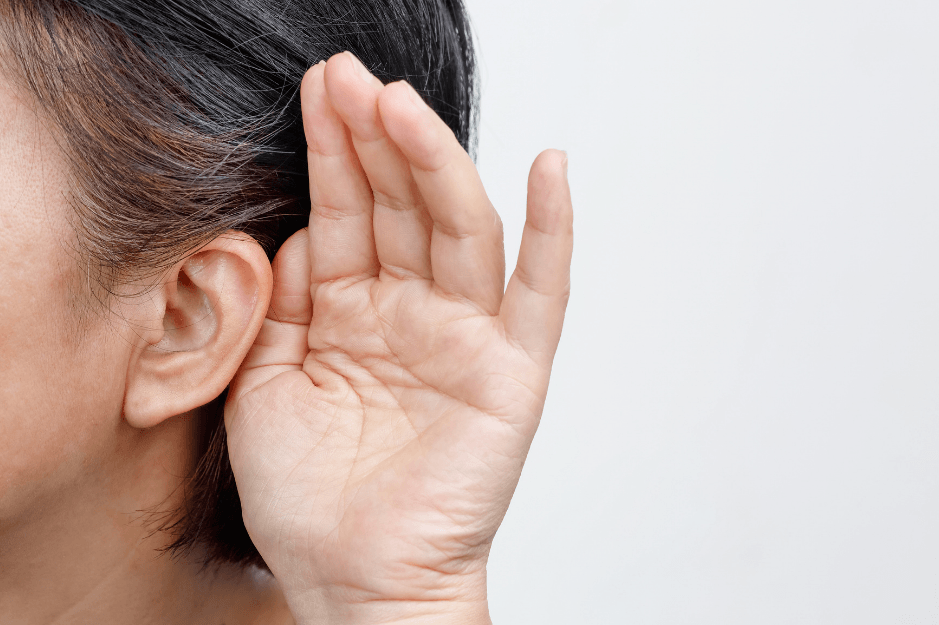
At PNI’s Pacific Eye, Ear, and Skull Base Center, we can offer comprehensive audiologic and otologic evaluations to establish baseline hearing health and follow-up care. If you are struggling with hearing loss or tinnitus, we can offer rehabilitative support which may include custom hearing protection, hearing aids, cochlear implant evaluations, and counseling. Your hearing is important as it connects you to your family, friends, and work. The take-home messages are that listening mindfully and protecting your hearing can significantly decrease your risk for noise-induced hearing loss and prevent risks of cognitive decline, feelings of social isolation, and other health conditions later in life. Hearing health is simple, and we can help guide you!
More information: 310-477-5558
About Courtney Voelker, MD, PhD
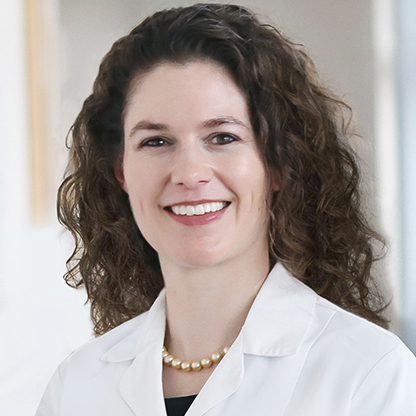
Courtney Voelker, MD, PhD (DPhil Oxon), is a Rhodes Scholar and board-certified neurotologist. She is Director of Otology/Neurotology-Lateral Skull Base Surgery; and Director of the Adult & Pediatric Cochlear Implant Program at Pacific Neuroscience Institute. She is an otolaryngology – head & neck surgeon who takes care of adult and pediatric patients seeing a wide range of inner ear and skull base conditions. Highly accomplished in the clinic and in research, she is committed to offering top quality, compassionate care to all her patients.
About Rebecca Lewis, AuD
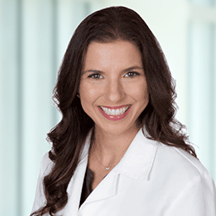
Rebecca Lewis, AuD, is an audiologist and the Audiology Director of the Adult & Pediatric Cochlear Implant Program at Pacific Neuroscience Institute. She also holds the position of Adjunct Professor at Mount Saint Mary University / John Tracey Deaf and Hard of Hearing program. She has provided rehabilitative services including hearing aids, hearing protection, Osseo integrated devices, auditory brainstem implant and cochlear implant (CI) services to adults and children.
Related Links:
- Meet the Team – Pacific Eye, Ear, and Skull Base Center
- Hearing Loss – Pacific Eye, Ear, and Skull Base Center
References:
- Niskar AS, Kieszak SM, Holmes AE, Esteban E, Rubin C, Brody DJ. Estimated prevalence of noise induced hearing threshold shifts among children 6 to 19 years of age: The third national health and nutritional examination survey. 1988-1994, United States. Pediatrics 2001;108:40–43.
- National Institute on Deafness and Other Communication Disorders. Quick Statisticsexternal icon. Bethesda, MD: U.S. Department of Health and Human Services; August 2008.
- International Journal of Pediatrics Otorhinolaryngol. 2021Jul;146:110757 doi:10.1016/j.ijporl.2021.110757. Epub 2021 May 11.
About the Author
PNI Experts
Last updated: November 6th, 2024
